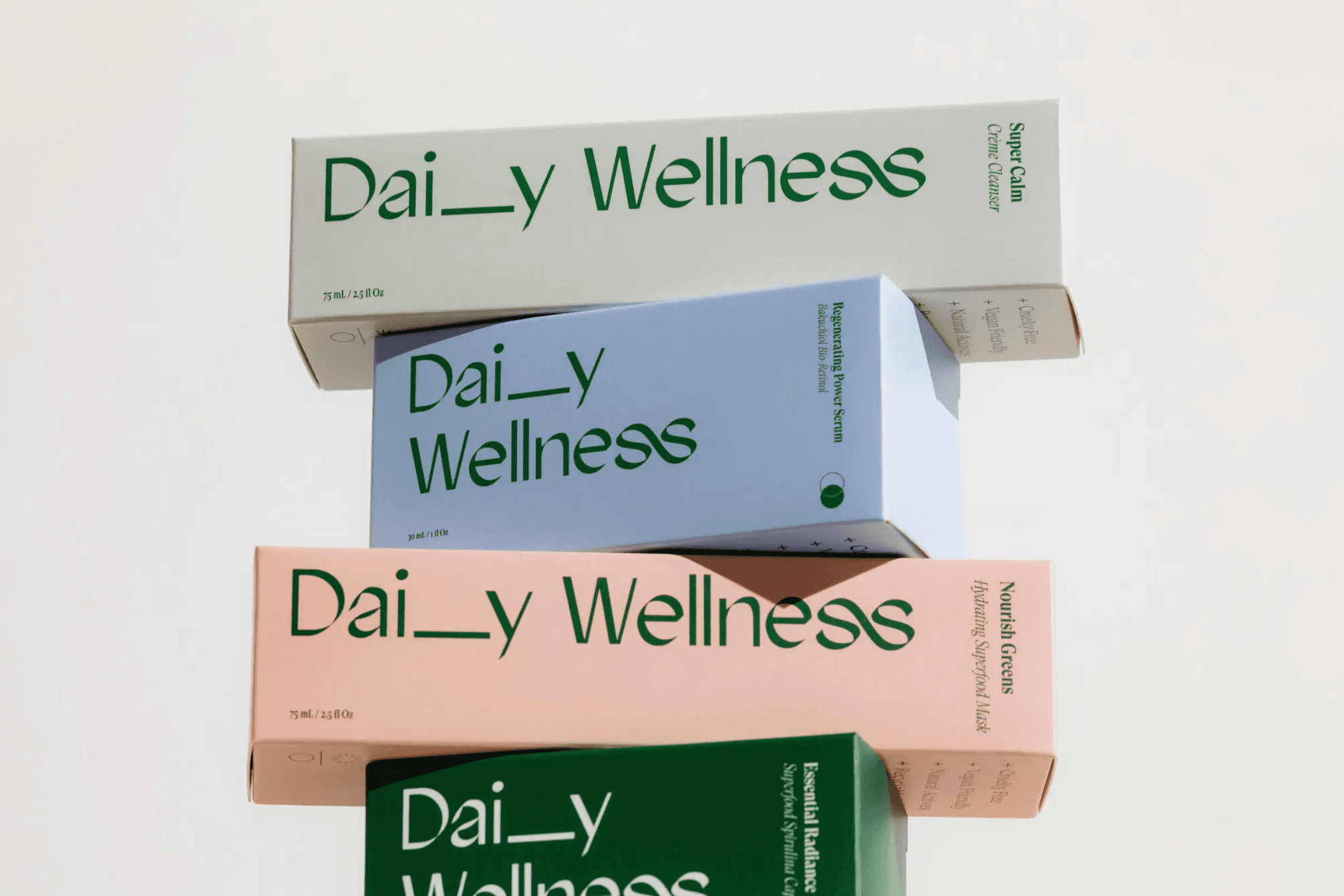The future of design
by
Anna Arthur •
24.11.24
/
4 min.
Share Article
Put simply, the future of design is about going beyond designing for today’s problems. What that future looks like though? Well, we are going to jump into our imaginary time machine to explore the shape of things to come in the wondrous world of design…
"Make beautiful things. Make things to be used. Eliminate everything that is unnecessary." - Yanagi Soetsu, Japanese Philosopher
Today, we are stretching beyond our day to day of brand design and looking holistically at what inspires us every day - the 360-degree world of design. From architecture to art, to product design and beyond. Design today is about the human experience, it surpasses just the aesthetics becoming a more universal, multisensory experience. We believe that in order for any design to evolve and survive well into the future, it must be created to serve a purpose and be designed based on the distilling of its essence. Essentially, design is made by people for people and this will simply strengthen as an art in the years to come.
The definition of design will evolve
The interpretation of design as a whole will dilute with time. Everyone will become a designer. Design will spread outside just graphics and structures, expanding into every conceivable industry and concept. All with the core aim of solving today’s problems.
Innovation is integral
Talking about the future of design cannot take place without the subject of technology. With machine intelligence developing at a radical pace, AI is in fact threatening our jobs as designers. Innovation is vital to the creation of solutions, so we will need to push the limits of design, keep a constant focus on design innovation and create designs that will propel us to that future of ours. Or if we can’t keep up, we’ll become the curator, not the creators - passing the baton onto the robots.
Welcome a new era of super designers
As design looks to be hurtling towards AI-driven horizons, there is a seemingly positive outlook for designers. The newfound ability to quickly and easily create millions of variations in design, will dramatically increase designers productivity and potentially stretch their creativity to new realms - making humans and computers a design dream team. Until AI is capable of surprising us with completely novel ideas, superstar designers and companies that invest in them will continue to dominate, increasing the value of design brands.
Sustainability is sticking around
Design determines the ecological footprint of the whole product lifecycle. That is why it is so important to find a balance between your creations connecting with people, whilst being incredibly mindful of what those designs are, whether they are essential and where they end up. Linking back to innovation, with sustainability at the forefront of design we will need to create smarter. We are of course seeing innovative nature materials like mycelium packing being created but that is simply not enough. Science and design will need to work closer together in order to develop the revolutionary materials needed to not create unnecessary waste. Manufacturers will also need to seriously kick into gear, and if they do they will be the leaders in their industry.
Some seriously subtle sustainable design trends will also evolve dramatically over time. Considerations as seemingly little as ‘eco-friendly font selection’ and how much ink it uses. Inclusivity of the design will also be a key consideration, such as how easy is the text to read and making conscious choices towards legibility. As well as creating more immersive, multi-sensory experiences that tell the brand's story so well that less collateral is needed to be created.
Focus on the bettering of human society
Asking the question - ‘is this design good design? In other words, is what we are creating contributing to the betterment of our world, us as humans and our society. Designs and brands that will be well received will have one thing in common - they help us be our best selves. This can be anything as big as designing a solution that solves sanitary issues in third world countries to as little as creating a revolutionary self-care product.
Relevancy is key
The biggest issue in design is not beauty or aesthetics, it’s relevancy. The question that every consumer will be asking is - what does this do for me? So it is important for designers of the future to immerse and educate themselves in this way of thinking in order to hone that sense of relevancy.
When asked, most designers will tell you that their ideas are sparked by being out and amongst nature - walking through a park, surfing a wave or simply being soaked in water from the shower. Nature is our biggest and best muse, so we must create with purpose and cause it no unnecessary harm. This will ensure that there is in fact a future for us to design in.
Lately, we have been blessed to be working not only on creating the brand for our clients but also an integral part of the product design aspect of building a brand. These two work in harmony with one another and we simply cannot wait to work on more holistic projects like this in the near future.
If you are developing a purposeful product-based business and have no clue where to start, we know the lay of the land and would love to help propel you into the future of design.
Other Articles
More to read



